Faculty of Management, Colombo: DM 142 Motivating Employees Principles
VerifiedAdded on 2021/08/06
|54
|2937
|233
Report
AI Summary
This report, prepared for the Faculty of Management and Finance at the University of Colombo, focuses on the principles of motivating employees. It delves into the definition of motivation, its characteristics (effort, persistence, and direction), and the basic motivation process. The report differentiates between positive and negative motivation, extrinsic and intrinsic motivation, and explores early motivation theories such as Maslow's Hierarchy of Needs, Alderfer's ERG theory, McGregor's Theory X and Y, Herzberg's Two-Factor Theory, and McClelland's Theory of Needs. It further examines contemporary theories including Goal-Setting Theory, Self-Efficacy Theory, Reinforcement Theory, and Equity Theory. The report also covers the practical application of these theories, providing a comprehensive overview of how managers can effectively motivate employees to achieve organizational goals. It emphasizes the importance of understanding employee needs and designing appropriate reward systems.
1 out of 54






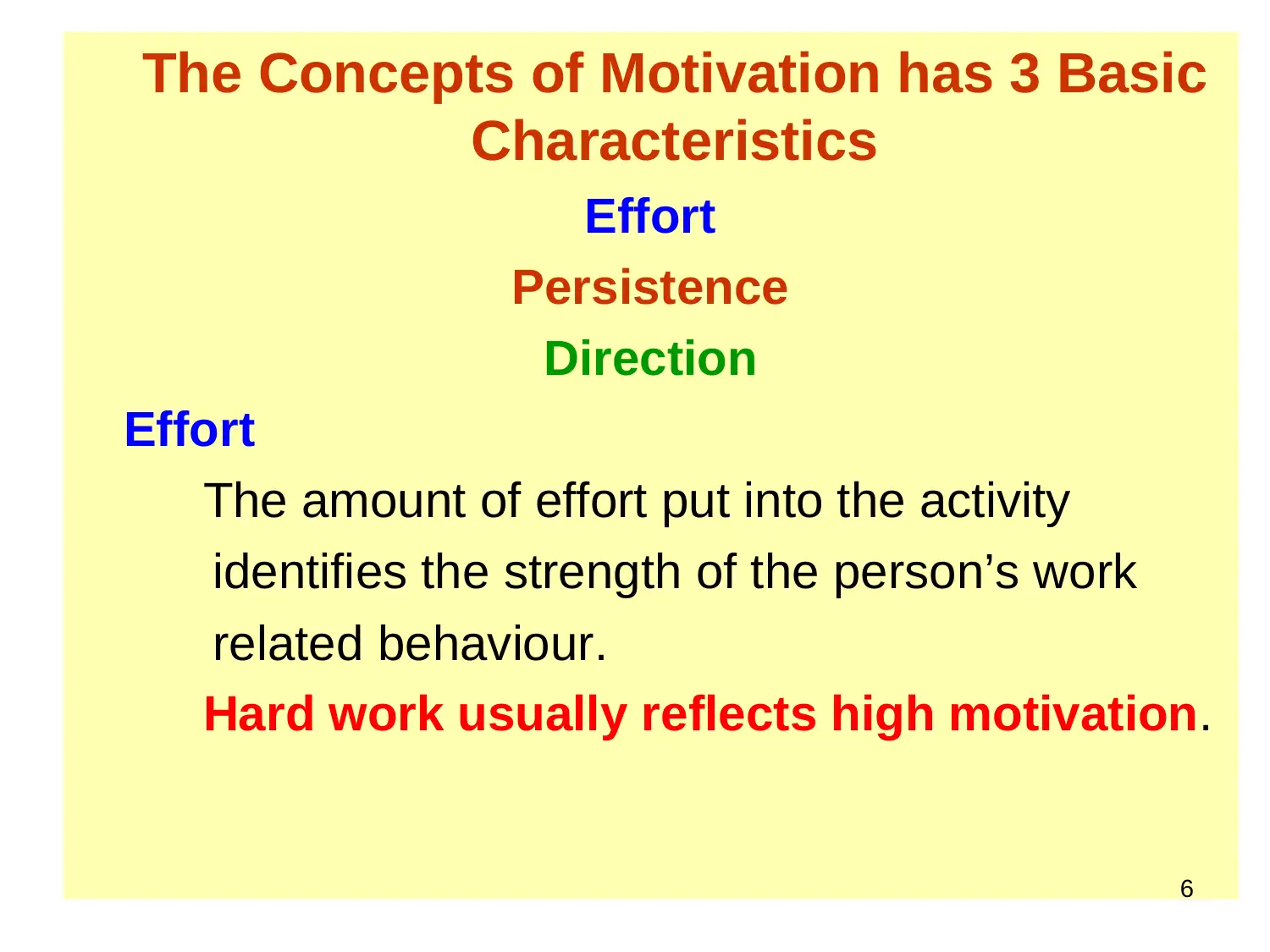
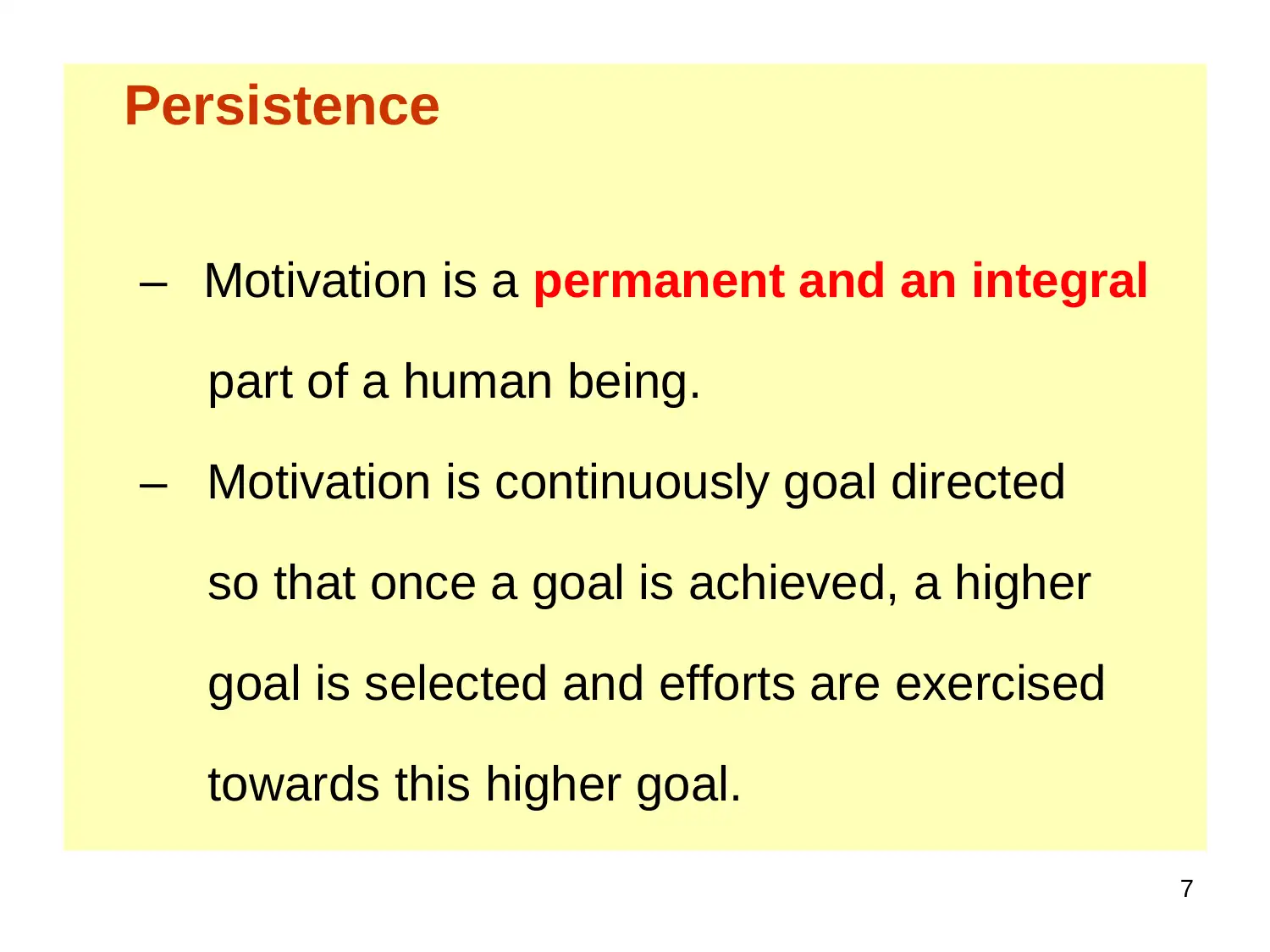

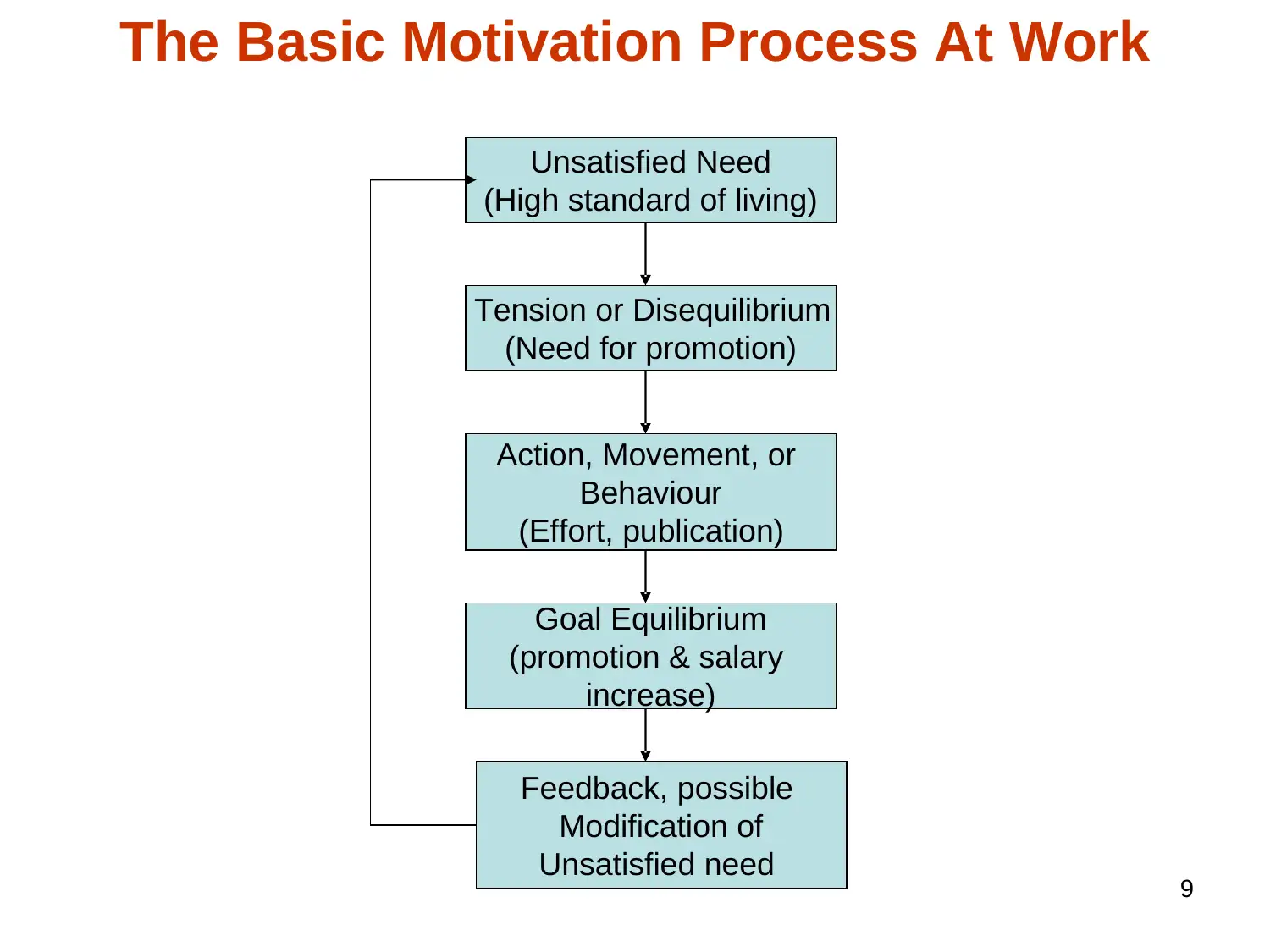
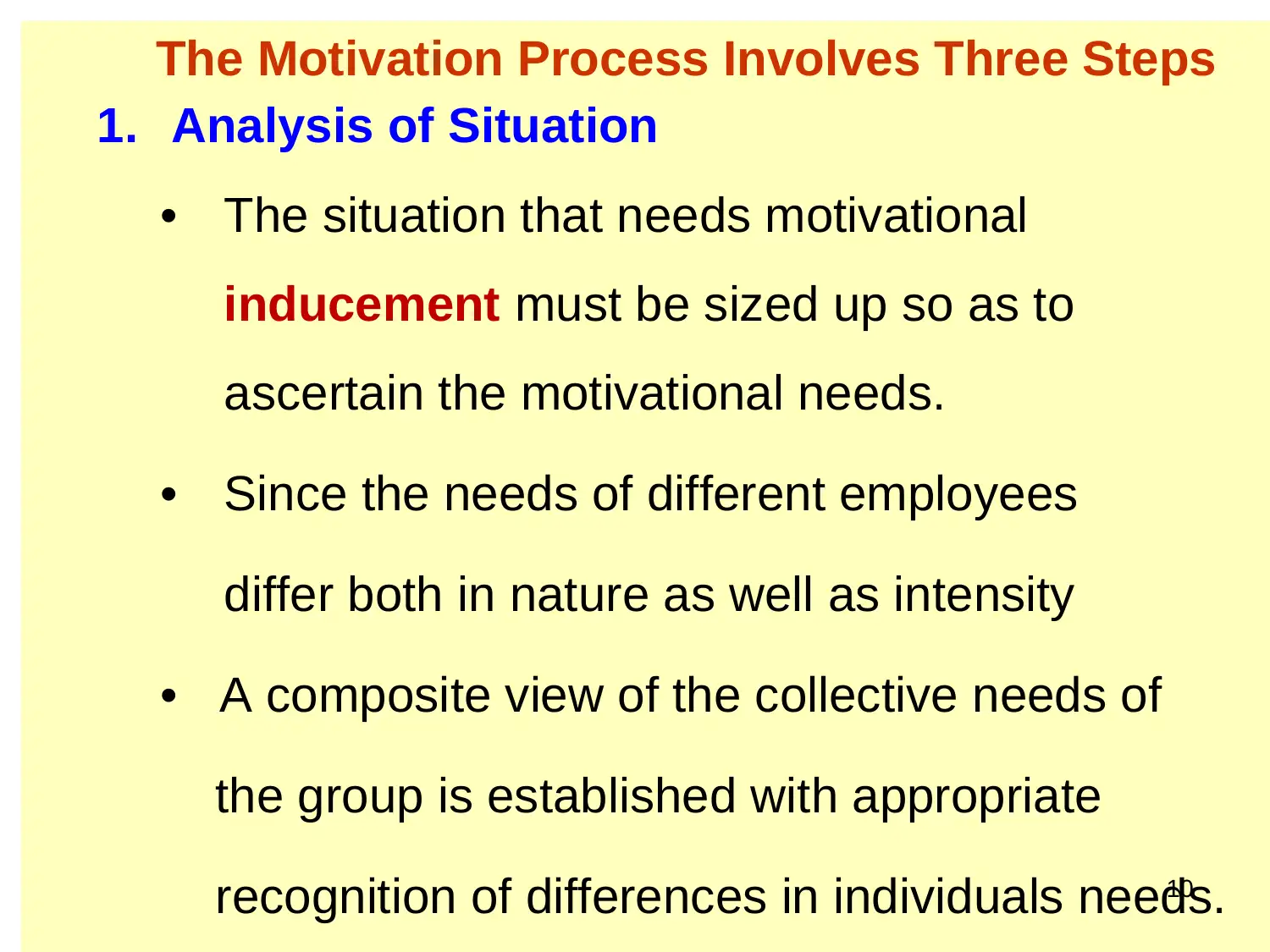
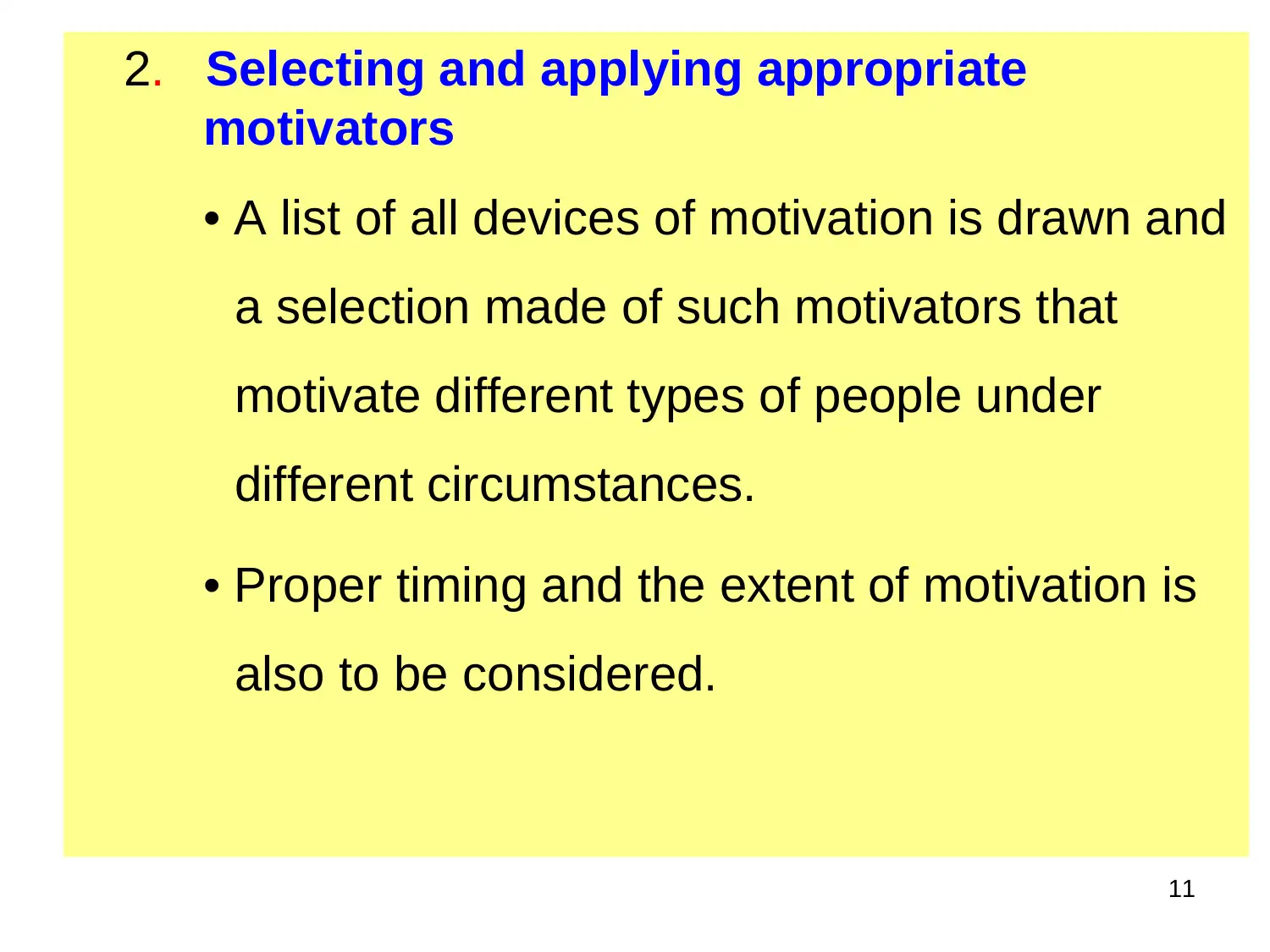
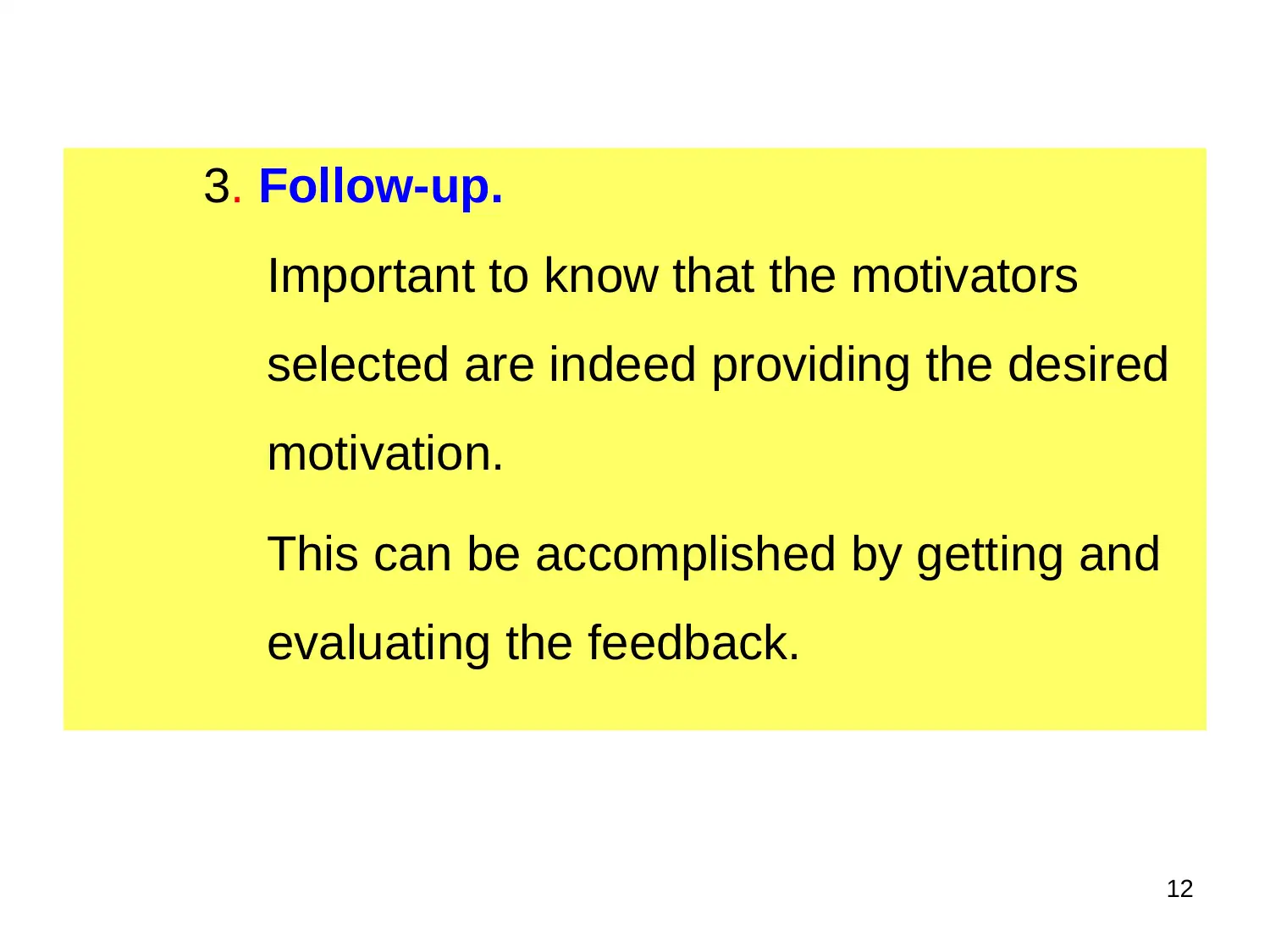
![[object Object]](/_next/static/media/star-bottom.7253800d.svg)